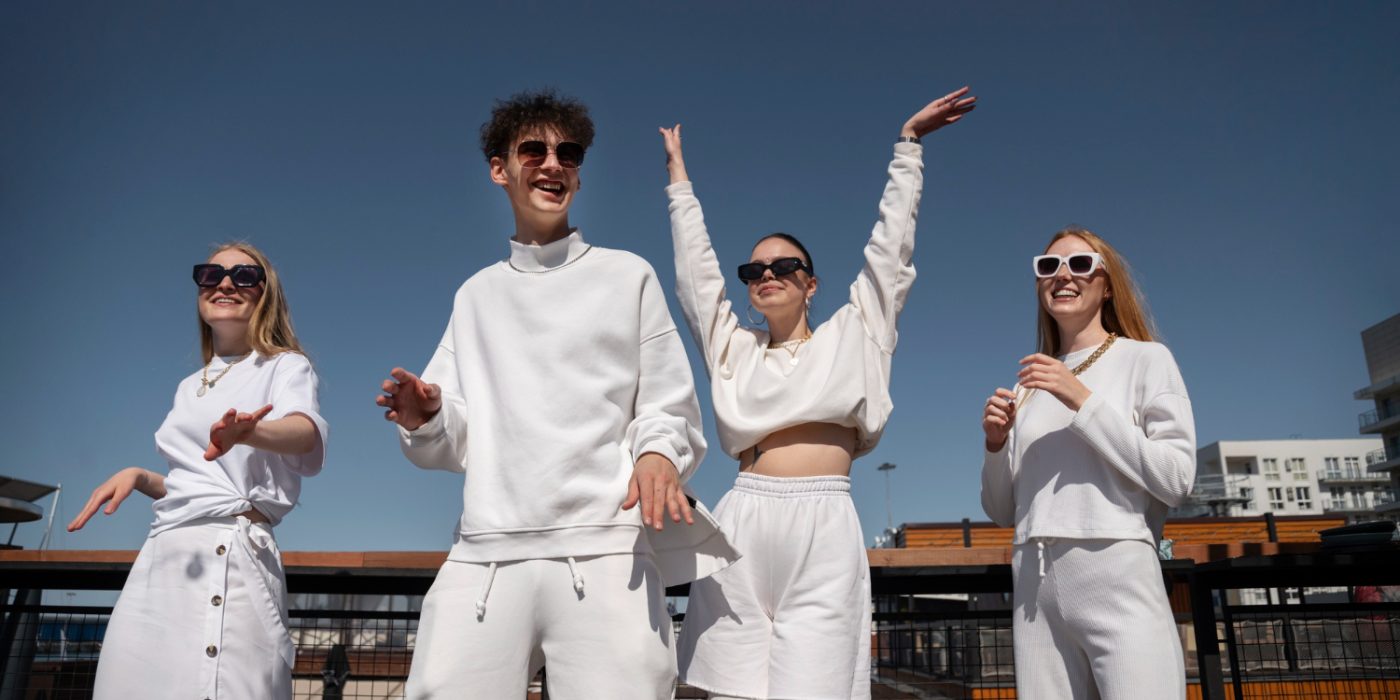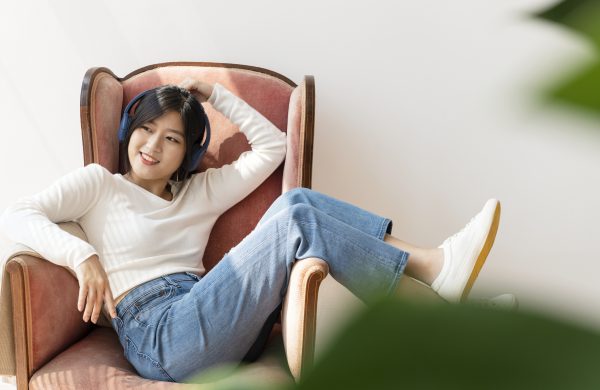What if your wardrobe could do more than just clothe you—what if it could empower you, lift your mood, and help you face the world with greater confidence? Fashion, often mistaken for superficial interest, is in fact deeply tied to our mental and emotional well-being. The clothes we wear have a powerful influence on how we see ourselves, how others perceive us, and how we feel from the inside out.
In a world that constantly changes, fashion gives us a small, personal space where we have complete control. And in that space, confidence can bloom.
The Link Between Clothing and Mood
It’s not just imagination—what you wear truly affects how you feel. Research in psychology has shown a phenomenon known as “enclothed cognition”, which refers to the influence that clothes have on the wearer’s psychological processes. In simple terms: dress like a leader, and you start to feel more like one. Wear your favorite outfit, and you’re likely to stand taller, smile more, and approach challenges with more energy.
Ever noticed how putting on a fresh outfit can instantly shift your mood? That’s not vanity—it’s a genuine emotional reaction. Fashion is a tool for mood regulation. On a rough day, a cozy sweater can soothe your nerves. On a big day, a sharp blazer can make you feel unstoppable.
Fashion as a Form of Self-Affirmation
Clothing can also be a powerful way to reinforce your values, goals, and identity. When you choose pieces that reflect who you are—or who you’re striving to be—you reinforce a sense of self-affirmation. It’s a non-verbal way of saying, “This is me.”
That’s why people often dress up for interviews, first dates, or important meetings—not only to impress others, but to affirm their own capability and worth. Fashion becomes a way of mentally stepping into the role you want to play.
And it’s not just for big moments. Dressing well on an ordinary day can still give you a sense of purpose and dignity. Even during work-from-home days, many find that changing out of pajamas helps them feel more focused and motivated. Clothing sets the tone for how we interact with the world—and ourselves.
Breaking Rules and Building Confidence
One of the biggest misconceptions about fashion is that you have to follow the “rules.” But confidence doesn’t come from mimicking the latest trends—it comes from knowing what makes you feel good, and wearing it unapologetically.
People often feel trapped by style expectations: body type, age, gender, what’s “appropriate” or “flattering.” But true personal style happens when you step outside of those limits and choose to dress for yourself.
Maybe you love bold colors but were always told to “tone it down.” Or maybe you’ve been curious about a trend but feared judgment. The moment you take that risk and wear what feels authentic to you, you’ll unlock a deeper level of confidence—not because of how you look, but because of how you feel in your skin.
Fashion should be freeing, not limiting.
Style Doesn’t Equal Perfection
It’s important to remember that confidence through fashion doesn’t mean dressing like a model or having a wardrobe full of designer pieces. You don’t need the “perfect” body or the trendiest outfit to feel empowered.
Confidence is about intention, not perfection. It’s about choosing clothes that reflect your energy, your mood, and your dreams—regardless of how they measure up to social media expectations.
A perfectly fitted pair of jeans that makes you feel comfortable can be more powerful than the most expensive dress. A vintage jacket that reminds you of your roots or a handmade accessory with sentimental value can bring you more confidence than any trending item.
Fashion is personal. And confidence grows when you stop comparing and start connecting with what truly resonates with you.
The Role of Ritual in Fashion
Fashion also carries a ritualistic quality—it marks beginnings, transitions, and important milestones. Think of graduation gowns, wedding dresses, cultural garments, or even the outfit you wore on your first day at a new job. These moments are deeply tied to emotion, and clothing plays a big role in anchoring those memories.
Even on a small scale, getting dressed can be a daily ritual of self-care. The act of choosing an outfit, putting on accessories, and looking in the mirror can become a moment to check in with yourself and ask, “How do I want to feel today?”
Fashion and Authenticity
At its best, fashion helps us live more authentically. It’s a way to tell the world who we are without having to explain. And when what’s on the outside aligns with what’s on the inside, confidence becomes effortless.
That doesn’t mean your style has to be loud or flashy. Quiet confidence can live in simple, well-chosen basics. It’s not about standing out, unless you want to—it’s about feeling at home in your own clothes, and in your own skin.
Fashion can also help us explore different parts of ourselves. Maybe you’re serious at work, but playful in your off-hours. Maybe you’re bold on the weekends, but minimalist during the week. Fashion gives you the flexibility to be more than one thing—and still feel like yourself.
Final Thoughts: Dress With Intention, Not Pressure
You don’t need to overhaul your wardrobe to feel confident. You just need to start listening to what you like, what fits your body, and what aligns with your values.
Take your time. Experiment. Learn what feels right. Over time, your personal style will begin to reflect not just who you are, but who you’re becoming.
So the next time you open your closet, ask yourself:
What do I want to say today—without saying a word?
And then dress the way you want to feel.




